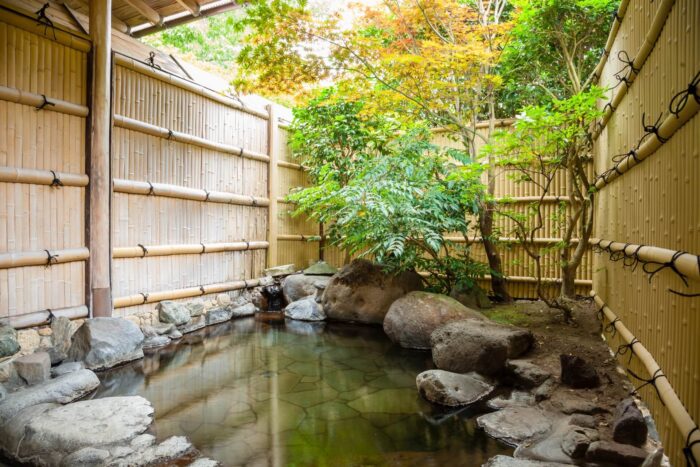
Last Updated: 15 Jul 2020 Overcoming Japanese risk-adverseness
One of the Japanese cultural traits that most affects business is the strong desire to avoid risk. While this cultural trait is responsible for certain successes of Japanese organizations, such as a high level of quality and carefully considered decision-making, from the point of view of Americans who work for or with Japanese, sometimes the decision-making is a bit too carefully considered. The care put into the decision-making process can lead to lack of responsiveness to customers, and missed windows of opportunity, among other problems. Thus, many Americans who work with Japanese firms (either as employees or as suppliers or advisors) wonder, how can we get the company to make decisions more quickly?
The answer in many cases has to do with the risk dimension. When risk-averse people like the Japanese feel that they need more information, they tend to stall. More information, and the right information, is what makes them feel less sensation of risk, and thus become more comfortable moving forward. The key, then, is to better understand what concerns your Japanese colleagues have, what aspect of the risk makes them most uncomfortable.
Let me share a case study as one example of how this works. I was once approached for assistance by the U.S. subsidiary of a Japanese company. A new American manager had been recruited to head up the Marketing area. One project he had been asked to take over was gaining approval from the head office to begin marketing a new product line in the U.S. The U.S. side management felt that this new product line was essential in order for the company to succeed in the United States, and they were confident that it would be well-accepted by U.S. customers. However, twice their proposals to the head office in Japan had been turned down. The new marketing manager was charged with preparing a new proposal that would be accepted this time. He had turned to me for advice.
Looking at what had been proposed in the two previous attempts, it was clear that the information presentation was in a very American style, focusing on the present situation in the market and the predicted future demand. However, what immediately jumped out at me was that the proposal did not include any discussion of what had been the past trends in the market. What was the background of the market until now, and how could that provide insight into the basic structure and behavior of this market? Historical context is important to the Japanese, a country that looks backward and forward at the same time (in contrast with Americans, who tend to focus on today and tomorrow and not put much emphasis on what happened before). Japanese organizations often tend to be reluctant to go after fads, and instead would prefer to concentrate on things that have the likelihood of being enduring. Without information on how the market had behaved in the past, most likely the head office did not feel that the proposal was sufficiently grounded. It appeared that because they lacked the information they needed in order to feel comfortable, they rejected the proposal – and perhaps because they themselves had trouble putting their finger on what was missing they did not give a clear explanation. Once the historical information was added and other enhancements made to the proposal, the third time was the charm and it was approved.
Other than historical trend data, what kinds of information can help to satisfy the Japanese craving for the data that provides reassurance? The following is a list of information types that I have found to be helpful to offer to Japanese.
- Track record. When trying a new supplier or a new process, for example, Japanese will want to know how it’s worked out for others. Information about the track record will thus be persuasive. Putting these in the form of case studies can be particularly compelling, as Japanese like concrete examples and anecdotes, which they find easier to relate to than abstract discussions. In the case of a new supplier, customer lists, references, certifications, and qualifications are all extremely helpful.
- Information about what other companies have done. Although many American companies pride themselves on being trendsetters and would be embarrassed to be perceived as taking the lead from others, Japanese have no such compunctions. In fact, many Japanese believe that it’s wiser to be a “fast follower” – let other firms take the risks of trying new things, watch them carefully and learn from their mistakes, and then follow up in the same vein with a smoother execution.
- Clippings from newspapers and trade magazines.
- Site visits, observation. Japanese love to see things for themselves, and believe in the benefit of genchi genbutsu – going to the place where things are happening to see for yourself what is going on. Thus, whenever it is possible to offer the Japanese an opportunity to see for themselves in person the process or supplier or any actual examples of something that you are recommending, it can be extremely helpful.
- Plans and back-up plans, etc. Japanese believe it’s important to always have a Plan B, a back-up in case the main plan does not go well. And unlike Americans, they believe that it should be thought about before the decision is made, not at the point when Plan A proves unworkable. Including information about your Plan B in your proposals will increase the comfort level of Japanese.
- Anticipate questions. It helps to think ahead and anticipate what questions the Japanese might have about your proposal. Make a list of them, write out your answers, and include that in your proposal. This will surely save time as it gives Japanese the information that they most need.
By providing these types of information, you will make Japanese feel reassured about the uncertainty and risk inherent in the decision – in other words, their perception of risk will go down. This will help move Japanese to decision more quickly.
Related articles
22. Dare to be Barefoot【Column: Leap Before You Look】
One thing I never 屈服する (gave in to) while living here in the US for many years is to wear shoes insi
The culture component and why it matters in management
Let me start with what might at first appear to be a personal story unrelated to cross-cultural mana
21. Shower, Bath & Beyond【Column: Leap Before You Look】
The 26th of every month is designated as a “風呂の日 (furo day, or bath day)” in Japan. This comes




